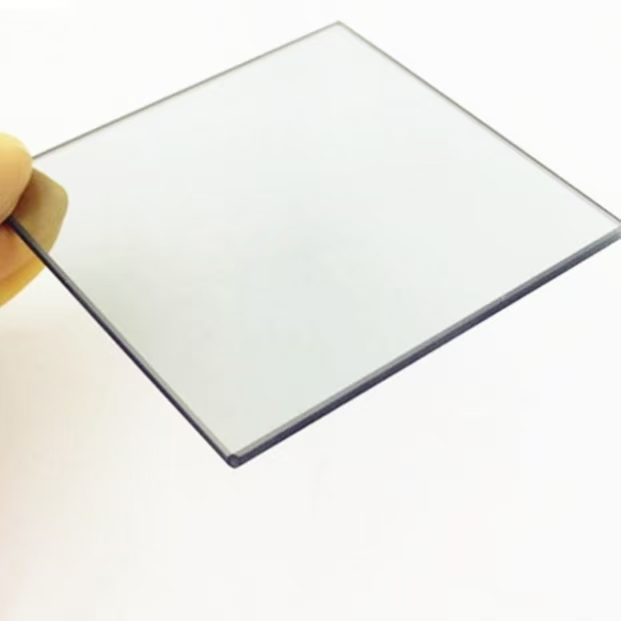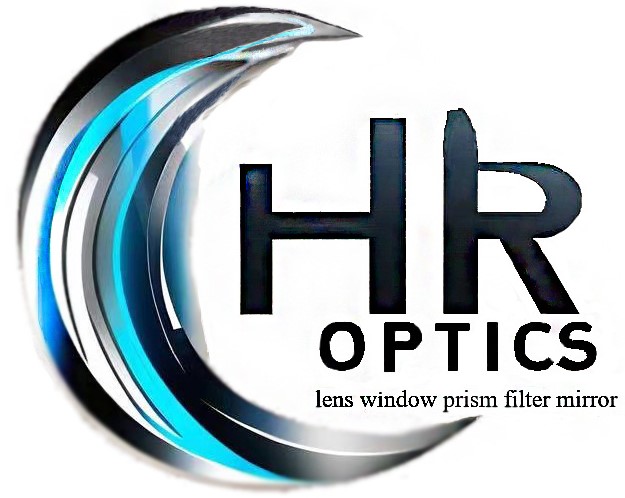
1. Application Purpose
Are you combining beams, dividing intensity, or separating wavelengths? This defines the starting point for your selection.
2. Spectral Requirements
Match the beamsplitter’s coating and substrate to your operational wavelength range—UV, visible, NIR, or IR.
3. Source Compatibility
Use high-damage-threshold coatings for laser applications.
Dielectric coatings are ideal for low-power or incoherent sources.
4. R/T Ratio
Choose based on how much light you want reflected vs. transmitted (e.g., 50:50 for equal splitting, 90:10 for diagnostics).
5. Polarization Handling
Determine if polarization must be preserved, separated, or controlled.
6. Mechanical Constraints
Cube beamsplitters are better for compact systems.
Plate beamsplitters offer more flexibility for open setups.








 售前客服
售前客服